The ISN Neo1
Redcarmoose Labs November 27, 2023


Introduction and build:
The Neo1 comes in at an easy to wear 4 grams a piece. A 10mm CNT driver does the sound, and there is one single air-vent in the middle of the back of the housing. Due to the exquisite form/shape and weight the Neo1 may actually be the most comfortable IEM I have come across all year. Such charms can double in value once you leave the house. Seemingly not that thick, yet sporting a wide treated wood faceplate, we are gifted with aesthetics of a much pricer IEM. As seen in the pictures here, the nozzle is also the perfect length allowing me to go ahead with my preferred wide-bore silicone ear-tips. With dealing with a single 10mm CNT driver and Penon it seems have actually built a housing around the driver, maximizing ergonomics found when you don’t have to build a giant IEM shape to accommodate the innards. The shape arrives simple, as a single driver laid facing upwards into the nozzle, invents such a wide, yet thin shape. With the back body I can see formation of construction lines traveling the whole length, even up to the nozzle. Such lines are very different from the standard 3D printed resin formations regularly found here at Redcarmoose Labs. Yet maybe it’s the material, or maybe the shape or maybe both, but it is truly a joy to wear, as long as I want, never even moving or acting fussy.
The filter kit:
The birth of the Neo1 happened it two stages. It was released, yet some wanted a slight reduction of the 4.5kHz peak. So as a permanent fix you have both a Dampening mesh or Cotton mesh to add, if you prefer. I will be moving forward in this review with the Cotton mesh in place. Yet, remember if your game for exactly how it sounds out of the box, go for it!
$39.90
https://penonaudio.com/ISN-Audio-NEO-1
Sound journey:
Often I will start off my tests with a song that is simply easy to get (play-back) right. I mean why cause trouble at the start, we want impressions to be gifted, yet accurate.

Dead Can Dance
Anastasis
Kiko
44.1kHz - 24 bit (ISN Neo1 in place)
Look, while easy to play back, this number also has what we are looking to test as far as dramatic dynamics in sound. Meaning a while later the vocals will show-up and the question is, are they too forward, or too intense, or both? Yet at the start we are gifted with a big round and fully accurate drum rhythm. This is where the money is as far as this IEM goes. Vibrant, big, accurate and holding the most correct timbre. Why? Because it’s a 10mm CNT driver silly. Yep, it is all here the way this 10mm is reproducing accurately the overall sound, feel and vibe of this drum. I know I said the word big, but I’m going to say it again……also the decay is exactly correct. At times IEMs this price range will seem short-handed, especially with note-weight or stage. I can say, that if you took the Neo1 to an IEM show and placed it in someone's ears, no way, no way would they guess (this is) an under $40.00 IEM, this would not happen.
Back to the song:
There is also a cymbal of sorts right at the start and while I have heard it played back slightly more separated into the stage, away from the drum-sound. Still this is nothing to get your panties in a bind about. Truly if I had never heard the song before, it would sound exactly correct, especially how the pace is done……pace, note-weight and timbre…….is there anything else? Oh…..and the staging is nice, where everything has that 10mm cohesiveness and while not the biggest stage it is in-between large and middle size………..which is provocative and truly nice to have here, especially at this price-point. At exactly 00:18 a dramatic introduction of drum emphasis and added instrumentation lets us know we are now getting somewhere as far as moving forward. And here is an example of layering, that in-fact the separation and delineation at hand is what is truly endearing. Often I get called-out as a shill or a talker of un-truths. The point here is I truly like IEMs, and I get them for free, to borrow. I’m simply relaying the character as I hear it, there may be a slight exaggeration at times, but that’s the force of both being an enthusiast and a writer. This is truly how I encounter the ISN Neo1.
At 00:39 a guitar-like (world string) instrument takes place, the thing is, it is in no way too forward or wrong sounding at all. Such a sound grabs onto other effect channels and is brought back into the track reformed into a slightly different tone, also holding different positioning into the stage. Upon further study this is really a form of decay or echo, such an instrument then gets combined with a synth accompaniment, taking our little tune to the next level. At 01:14 Lisa Gerrard’s vocals make an entrance. The ultimate question here is where are they, both in tone and contrasts? This is the tale of quality because the human hearing is specifically tuned to hear the female voice the strongest. This may be designed by our creator or evolutionary………yet the Pinna Gain area either makes or breaks an IEM. This occurs due to micro-sensitivity into perception of this area of hearing. Literally 1/2 or 1/4 kHz will be commonly noted by everyone listening regardless of experience. They may not be able to describe what the effect is exactly, but they will perceive the mood. You see part of this formula is balance, meaning get us a deeper and more robust bass and the Pinna Gain area gets played down. Same almost gets us some treble splashes and also it will ask you to lower your listening volume to in fact reduce again the perception of Pinna Gain. What we are looking for is balance, balance and technicalities. Because at times a boost (unneeded) into the treble can get us the feeling of more detail, when it is just pushing-up the detail that is there. Same as the bass, where there can be a formed and adequate bass, yet set back into the mix. Here is in fact Penon/ISN’s house sound for the bass. Such a display of low end is why people purchase a Penon/ISN. The best way to describe it is full, warm and textured, but not overbearing. ISN is Penon’s company that aligns itself to more bass heavy replay than Penon branded products. And it’s true this has ISN bass DNA written inside of the bass replay.
With that said, the small peak at 4.5kHz takes precedence over all up top, perfectly balancing the bass with maybe a dB or two more energy up-top. This results in the V shape character we experience. Also typically single full-range DDs will always exhibit this style of treble. What this does is offer a very cohesive, non-treble boosted romantic, warm and vibrant tale for your music. Where the thing to look-out for here is still the 4.5kHz peak exploiting dominance over all other aspects of the Neo1 character. This becomes in the end a double-edged sword. One adding the clarity into which we find the vocals moved from the back seat, in some other replays, to front and center. This in and of itself works to create a big stage and takes notice slightly way from the ISN bass. But ultimately it makes these very much vocal IEMs, with a bass boost.
Lisa Gerrard’s voice is something I can touch, and will end-up a spectacle of fascination for those who have never come across such a juxtaposition. At the same time it limits the well-roundedness as experienced with other IEMs, though there is nothing except maybe the SIMGOT EW200 that offers this level of entertainment, at the price of lunch out for two. Except the EW200 has a different tune, to make having both truly complementary.
EW200:
Here is the same song played with the EW200. Such impressions taken from my EW200 review:

Dead Can Dance
Anastasis
Kiko
44.1 kHz - 24 bit (SIMGOT EW200 in place)
While the cymbal ride at the start is not as vivid as I’ve heard with more expensive sets, there is nothing really to complain about. At 00:38 this stringed instrument hits. Seeing Brendan Perry play this live he uses a 8 string Greek Pegasus Trichordo Bouzouki. And while I’ve heard this song for years it is probably the first time in the (this) review that a slight subdued realism is noted. Meaning the treble in the first song and the lows in the last song were fully there and for the most part realistic. And I don’t know why this is but I have often heard it more forward and jumping-out in the mix? Still it’s incredibly natural and while slightly subdued, not in any way a party pooper. In fact once the synth accompaniment takes place it goes to add vibrance and fullness to the song. Though the main concern will be vocals and how they are addressed. At 01:13 Lisa Gerrard makes her entrance, and what an entrance it is! Now all is well, and it wasn’t that the string instrument was bad in any way, it was just slightly farther back and didn’t show the separation that I’m used to, and remember I’m used to hearing this on a more expensive set. It is kind of like different sequences of information take your focus, first the intro of world guitar, then Lisa Gerrard takes the spotlight, only to take it all that much further with her ideas of music on the seductive yangqin (a Chinese hammered dulcimer). At 01:48 we are really at the center of the musical message with both the Yanggin and Greek Pegasus Trichordo Bouzouki playing side by side. The special part is we can differentiate between the instruments. The major part of this success is the note weight, that and the fact that over-all the character of the music is complete, even and correct. At 04:30 there is a wonderful pace to the song that almost becomes a feeling of floating, that’s when Lisa Gerrard comes back again for more vocal tremolos to take this number over the top…….as who needs lyrics?

ISN Neo1 v the SIMGOT EW200:
Let’s cut to the chase here. The EW200 is a full 9 grams, 1 gram more than double the Neo1’s 4 gram weight! And yes, you do notice this stuff, I mean how could you not? In comparison the EW200 has a fuller lower midrange, combined with a less forward pinna and we are basking in a style of murky waters. Don’t get me wrong here, I love the EW200 and have been recommending it to everyone and their Mom…….their Dad and little brother too……even their Sister. The whole Family.
More Nimble:
But here is a chance to find a lighter and more nimble replay, where the bass is actually better defined with the Neo1, and especially when you take away the lower midrange blanket. Now this is where it gets slightly complicated, even though the EW200 is probably more well rounded, it is because of what it's leaving out. Yep, where the Neo1 is fresher sounding and faster, yet at times there is that Pinna Gain which can make some music slightly problematic. Where the EW200 is simply extra lush and more forgiving all the time. But what gets me maybe the most is how the Neo1 stage seems bigger, not so cluttered and cleaner, cleaner to let the pinna gain imaging have more contrast……as it is simply more forward, away from the rest of the mix. Here was the surprising part, before the side-by-sides I would have guessed the EW200 to be the winner across the board. I have more experience with the EW200 and it holds a position of respect here at Redcarmoose Labs. Yet back-to-back the Neo1 showed its character. And when you hear the Neo1 by itself you don’t notice the bass as being careful as it is when you compare it to how the EW200 does bass? You don’t notice how the soundstage is expanded compared to the EW200 when listening to the Neo1 alone?
End of comparisons and end of DCD album Anastasis song review:

Kaveh Cohen, Michael Nielsen
Forza Motorsport OST
Brotherhood
44.1 kHz - 24 bit
While probably the best feature here is how a lower frequency drum can get replayed. Normally this isn’t something I regularly notice because when it comes in at 00:09 it kind-of can get ignored. Meaning this drum is literally the metronome for the whole song holding pace information. Yet once you are clued into the pace of the song, the drum takes on more of a utilitarian role, providing pace substantiation behind the scenes. Of course it’s not behind the scenes, it is just because it never changes your mind looks for other changes and finds them to be intriguing. So this drum just is. Only when you start to compare IEMs there turns-out to be very different ways this metronome drum can be heard. This is a style of orchestra music with electronic music that serves to be a backdrop for game play. So you can imagine how this drum offers a pace and adds drama even while being downplayed by any changes. Except there is one dramatic thing here…………often BAs don’t get this timbre right. Nope, they will go ahead and replay this drum as more of a slap sound. As IEM listeners we have made small compromises. Compromises where we were not too critical of timbre at times. Now the best part is really it is not so bad of a slapping sound with Hybrids, no where it is bad is with all BA IEMs. Yet now with the Neo1 the sound is like a drum, where it’s round and full, containing not a bit of slap…….and I like that. Zero smacking noise! The reason we go with single full-range DDs in the first place.
Bass:
The next part of this song that is money is the bass. Because the standout feature is the fact that the bass holds actual note frequency, and that note frequency is clued in on, and subsequently displayed correctly. The bass is the whole foundation of this song, and I don’t need to give time clues as it is everywhere. Besides note information, we are also given texture. And while it’s not totally the best ever, it is better than the EW200 so that maybe makes it the best bass quality I have heard in the under $40.00 range? Sure it is an ISN product so what do you expect? The bass is simply more clear than the EW200 and with that clearness comes detail…….etc…..etc.
Midrange:
Here we are kind of following the mix as it unfolds. This is an instrumental. As no vocals. Yet the piano keys take that job and run with it. Nice offerings of echoes and such commingling with the bass to create a dance of sorts.
Treble:
And while much of the time (with more expensive IEMs) I will note better separation and itemization inside of what the treble is doing. Here the message is the forwardness to fight the bass in the 4.5kHz region. That is how they can get away with the IEM sounding correct and balanced with-out adding excessive treble energy to the replay. Still due to just how it is tuned we find all is here that is needed or could be asked for. Yes, the treble is downplayed yet, if you had never heard better you would not know. As Penon/ISN are masters at finding a tune, and they found it with the Neo1. The best part of the Neo1 in that regard is the fact that every tone has an area and there is nothing left out to cause concern.
Song summary:
Probably the organic fluidness is what is the most charming here, the fact that all is one, yet each element has its place. The way the bass finds a natural yet smooth and robust way to come into the farther reaches of the stage, the way there can be times when that same exact bass jumps down a few octaves into the sub-bass zone and is relayed with a special style of magic that will have you content no matter how many $$$ big-gun IEMs you have laying around.

Dead Can Dance
Within The Realm Of A Dying Sun
Summoning Of The Muse
88.2 kHz - 24 bit
Ok, now comes the fireworks……………maybe? I mean this is a random test to see where this goes. This album is very well recorded and has great female vocals on the second part of the album. Here we want to discover if things are too much, too little, or just right. Just like the story of Goldilocks………..
At 00:00 it is the ultimate introduction, with fanfare abound……the very first instrument is a bell sound, in fact there is a whole symphony of bell sounds. Slowly at 00:15 our mind is able to slowly find home and in doing so is taking this whole thing apart. Yet surprisingly nothing is too bright, as surely these bells take that sonic positioning, of course, it is the treble doing its thing………only. And again while I have heard this showcased with more detail, treble energy and spatial clues, opening-up a kind of vista to view, here maybe it’s just the price-point? We are fine. Holding regular if not slightly compromised positioning of elements, this is the style of what DDs do in this situation. At 00:26 the vocals join us. And I’m waiting for it………but it never comes, the balance is correct and well done, while I have heard this showing vocals more forward in separation, there are other added vocals which fall out farther to the sides, and even the climax at 02:14 is filled with dramatic luster, yet never any fear of too much or too bright, or too forward. What we are left with is truly balance, the balance to enjoy the music and forget which IEM is in our ears. At 02:29 there is this synthetic stand-up bass or something which goes along with the bells finding the vocals right in the middle. Again the redeeming factor is the naturalness and fullness of replay. The way of the fall-offs of reverbs, the correct Oboe tone, where this IEM truly allows you to figure out which instruments are real and which are sampled or created with synthesis……and that is more than I would ever ask an under $40.00 IEM to do.




Packaging:



The Cable:
While it's easy to shoot arrows at the included cable quality, we are not talking about a $300.00 IEM here. Therefor the cable works and is of adequate quality for the money asked.
Out and about:
Possibly the most overlooked feature here at Head-Fi will be just how valuable the Neo1 is from a simple phone. Yep, if you were to truly only use a phone with the Neo1, you have just struck solid gold. Reason being is the sound is full and possibly more correct in stature. Honestly I can’t believe it? Big stage, big imaging and most importantly note-weight. Yep…..even any worry about any 4.5kHz pinna gain has been totally smoothed out. But, what am I really getting at? Simply musicality my friends. This is singlehandedly one of the very best IEMs for phone use in recent memory? Somehow it sounds better from a phone than audiophile sources? 1st lets start with bass……..please is this really how good these are from a phone? What? Big, deep, powerful and well paced………don’t believe me? Just get a pair and see for yourself. If I wanted to join the ranks on the subway or walking, I can’t think of a better way to go? Big imaging, hefty note-weight and a fun playful signature, and best of all clarity, with nothing harsh, just making stuff sound natural and wholesome.



Conclusion:
Is there a reason to buy this? Sure it showcases the Penon/ISN sound characteristics and performs the very basics of sound reproduction well. Nothing is fake or really wrong inside of regular replay. With that said, some may find the murkier waters of the SIMGOT EW200 better or at least more forgiving. Normally this would be the place where I say that the EW200 may be better for Rock or EDM, but no……not here as Penon/ISN have really put together an IEM that (for the money) does it all. Sure the 4.5kHz peak is still there, but becomes an attribute once you really understand what the Neo1 is up to. You see this 4.5 little kHz peak is what makes the Neo1 have openness and clarity, pace and distance. This distance is created so that the bass has imaging and texture, form and character. I have spent 21 days learning about the Neo1, do you think I truly don’t know it as an IEM?
The best part is the sound, but secondary to that the build and the fit. I mean look at it, it’s gorgeous, and the wood faceplate means every build will look slightly different. It is the style of IEM that allows long listening runs due to both fit and sound. Truly I feel Penon/ISN are making a great value statement by releasing such a bargain……get yours today!
$39.90
https://penonaudio.com/ISN-Audio-NEO-1
Disclaimer:
I want to thank Penon Audio for the love and for the ISN Neo1 review sample.
Disclaimer:
These are one person's ideas and concepts, your results may vary.
Equipment Used:
Sony WM1A Walkman DAP MrWalkman Firmware 4.4mm
Sony WM1Z Walkman DAP MrWalkman Firmware 4.4mm
Sony TA-ZH1ES DAC/AMP Firmware 1.03
Electra Glide Audio Reference Glide-Reference Standard "Fatboy" Power Cord
Sony Walkman Cradle BCR-NWH10
AudioQuest Carbon USB
Samsung Phone 3.5mm output
Redcarmoose Labs November 27, 2023


Introduction and build:
The Neo1 comes in at an easy to wear 4 grams a piece. A 10mm CNT driver does the sound, and there is one single air-vent in the middle of the back of the housing. Due to the exquisite form/shape and weight the Neo1 may actually be the most comfortable IEM I have come across all year. Such charms can double in value once you leave the house. Seemingly not that thick, yet sporting a wide treated wood faceplate, we are gifted with aesthetics of a much pricer IEM. As seen in the pictures here, the nozzle is also the perfect length allowing me to go ahead with my preferred wide-bore silicone ear-tips. With dealing with a single 10mm CNT driver and Penon it seems have actually built a housing around the driver, maximizing ergonomics found when you don’t have to build a giant IEM shape to accommodate the innards. The shape arrives simple, as a single driver laid facing upwards into the nozzle, invents such a wide, yet thin shape. With the back body I can see formation of construction lines traveling the whole length, even up to the nozzle. Such lines are very different from the standard 3D printed resin formations regularly found here at Redcarmoose Labs. Yet maybe it’s the material, or maybe the shape or maybe both, but it is truly a joy to wear, as long as I want, never even moving or acting fussy.
The filter kit:
The birth of the Neo1 happened it two stages. It was released, yet some wanted a slight reduction of the 4.5kHz peak. So as a permanent fix you have both a Dampening mesh or Cotton mesh to add, if you prefer. I will be moving forward in this review with the Cotton mesh in place. Yet, remember if your game for exactly how it sounds out of the box, go for it!
$39.90
https://penonaudio.com/ISN-Audio-NEO-1
Sound journey:
Often I will start off my tests with a song that is simply easy to get (play-back) right. I mean why cause trouble at the start, we want impressions to be gifted, yet accurate.

Dead Can Dance
Anastasis
Kiko
44.1kHz - 24 bit (ISN Neo1 in place)
Look, while easy to play back, this number also has what we are looking to test as far as dramatic dynamics in sound. Meaning a while later the vocals will show-up and the question is, are they too forward, or too intense, or both? Yet at the start we are gifted with a big round and fully accurate drum rhythm. This is where the money is as far as this IEM goes. Vibrant, big, accurate and holding the most correct timbre. Why? Because it’s a 10mm CNT driver silly. Yep, it is all here the way this 10mm is reproducing accurately the overall sound, feel and vibe of this drum. I know I said the word big, but I’m going to say it again……also the decay is exactly correct. At times IEMs this price range will seem short-handed, especially with note-weight or stage. I can say, that if you took the Neo1 to an IEM show and placed it in someone's ears, no way, no way would they guess (this is) an under $40.00 IEM, this would not happen.
Back to the song:
There is also a cymbal of sorts right at the start and while I have heard it played back slightly more separated into the stage, away from the drum-sound. Still this is nothing to get your panties in a bind about. Truly if I had never heard the song before, it would sound exactly correct, especially how the pace is done……pace, note-weight and timbre…….is there anything else? Oh…..and the staging is nice, where everything has that 10mm cohesiveness and while not the biggest stage it is in-between large and middle size………..which is provocative and truly nice to have here, especially at this price-point. At exactly 00:18 a dramatic introduction of drum emphasis and added instrumentation lets us know we are now getting somewhere as far as moving forward. And here is an example of layering, that in-fact the separation and delineation at hand is what is truly endearing. Often I get called-out as a shill or a talker of un-truths. The point here is I truly like IEMs, and I get them for free, to borrow. I’m simply relaying the character as I hear it, there may be a slight exaggeration at times, but that’s the force of both being an enthusiast and a writer. This is truly how I encounter the ISN Neo1.
At 00:39 a guitar-like (world string) instrument takes place, the thing is, it is in no way too forward or wrong sounding at all. Such a sound grabs onto other effect channels and is brought back into the track reformed into a slightly different tone, also holding different positioning into the stage. Upon further study this is really a form of decay or echo, such an instrument then gets combined with a synth accompaniment, taking our little tune to the next level. At 01:14 Lisa Gerrard’s vocals make an entrance. The ultimate question here is where are they, both in tone and contrasts? This is the tale of quality because the human hearing is specifically tuned to hear the female voice the strongest. This may be designed by our creator or evolutionary………yet the Pinna Gain area either makes or breaks an IEM. This occurs due to micro-sensitivity into perception of this area of hearing. Literally 1/2 or 1/4 kHz will be commonly noted by everyone listening regardless of experience. They may not be able to describe what the effect is exactly, but they will perceive the mood. You see part of this formula is balance, meaning get us a deeper and more robust bass and the Pinna Gain area gets played down. Same almost gets us some treble splashes and also it will ask you to lower your listening volume to in fact reduce again the perception of Pinna Gain. What we are looking for is balance, balance and technicalities. Because at times a boost (unneeded) into the treble can get us the feeling of more detail, when it is just pushing-up the detail that is there. Same as the bass, where there can be a formed and adequate bass, yet set back into the mix. Here is in fact Penon/ISN’s house sound for the bass. Such a display of low end is why people purchase a Penon/ISN. The best way to describe it is full, warm and textured, but not overbearing. ISN is Penon’s company that aligns itself to more bass heavy replay than Penon branded products. And it’s true this has ISN bass DNA written inside of the bass replay.
With that said, the small peak at 4.5kHz takes precedence over all up top, perfectly balancing the bass with maybe a dB or two more energy up-top. This results in the V shape character we experience. Also typically single full-range DDs will always exhibit this style of treble. What this does is offer a very cohesive, non-treble boosted romantic, warm and vibrant tale for your music. Where the thing to look-out for here is still the 4.5kHz peak exploiting dominance over all other aspects of the Neo1 character. This becomes in the end a double-edged sword. One adding the clarity into which we find the vocals moved from the back seat, in some other replays, to front and center. This in and of itself works to create a big stage and takes notice slightly way from the ISN bass. But ultimately it makes these very much vocal IEMs, with a bass boost.
Lisa Gerrard’s voice is something I can touch, and will end-up a spectacle of fascination for those who have never come across such a juxtaposition. At the same time it limits the well-roundedness as experienced with other IEMs, though there is nothing except maybe the SIMGOT EW200 that offers this level of entertainment, at the price of lunch out for two. Except the EW200 has a different tune, to make having both truly complementary.
EW200:
Here is the same song played with the EW200. Such impressions taken from my EW200 review:

Dead Can Dance
Anastasis
Kiko
44.1 kHz - 24 bit (SIMGOT EW200 in place)
While the cymbal ride at the start is not as vivid as I’ve heard with more expensive sets, there is nothing really to complain about. At 00:38 this stringed instrument hits. Seeing Brendan Perry play this live he uses a 8 string Greek Pegasus Trichordo Bouzouki. And while I’ve heard this song for years it is probably the first time in the (this) review that a slight subdued realism is noted. Meaning the treble in the first song and the lows in the last song were fully there and for the most part realistic. And I don’t know why this is but I have often heard it more forward and jumping-out in the mix? Still it’s incredibly natural and while slightly subdued, not in any way a party pooper. In fact once the synth accompaniment takes place it goes to add vibrance and fullness to the song. Though the main concern will be vocals and how they are addressed. At 01:13 Lisa Gerrard makes her entrance, and what an entrance it is! Now all is well, and it wasn’t that the string instrument was bad in any way, it was just slightly farther back and didn’t show the separation that I’m used to, and remember I’m used to hearing this on a more expensive set. It is kind of like different sequences of information take your focus, first the intro of world guitar, then Lisa Gerrard takes the spotlight, only to take it all that much further with her ideas of music on the seductive yangqin (a Chinese hammered dulcimer). At 01:48 we are really at the center of the musical message with both the Yanggin and Greek Pegasus Trichordo Bouzouki playing side by side. The special part is we can differentiate between the instruments. The major part of this success is the note weight, that and the fact that over-all the character of the music is complete, even and correct. At 04:30 there is a wonderful pace to the song that almost becomes a feeling of floating, that’s when Lisa Gerrard comes back again for more vocal tremolos to take this number over the top…….as who needs lyrics?

ISN Neo1 v the SIMGOT EW200:
Let’s cut to the chase here. The EW200 is a full 9 grams, 1 gram more than double the Neo1’s 4 gram weight! And yes, you do notice this stuff, I mean how could you not? In comparison the EW200 has a fuller lower midrange, combined with a less forward pinna and we are basking in a style of murky waters. Don’t get me wrong here, I love the EW200 and have been recommending it to everyone and their Mom…….their Dad and little brother too……even their Sister. The whole Family.

More Nimble:
But here is a chance to find a lighter and more nimble replay, where the bass is actually better defined with the Neo1, and especially when you take away the lower midrange blanket. Now this is where it gets slightly complicated, even though the EW200 is probably more well rounded, it is because of what it's leaving out. Yep, where the Neo1 is fresher sounding and faster, yet at times there is that Pinna Gain which can make some music slightly problematic. Where the EW200 is simply extra lush and more forgiving all the time. But what gets me maybe the most is how the Neo1 stage seems bigger, not so cluttered and cleaner, cleaner to let the pinna gain imaging have more contrast……as it is simply more forward, away from the rest of the mix. Here was the surprising part, before the side-by-sides I would have guessed the EW200 to be the winner across the board. I have more experience with the EW200 and it holds a position of respect here at Redcarmoose Labs. Yet back-to-back the Neo1 showed its character. And when you hear the Neo1 by itself you don’t notice the bass as being careful as it is when you compare it to how the EW200 does bass? You don’t notice how the soundstage is expanded compared to the EW200 when listening to the Neo1 alone?
End of comparisons and end of DCD album Anastasis song review:

Kaveh Cohen, Michael Nielsen
Forza Motorsport OST
Brotherhood
44.1 kHz - 24 bit
While probably the best feature here is how a lower frequency drum can get replayed. Normally this isn’t something I regularly notice because when it comes in at 00:09 it kind-of can get ignored. Meaning this drum is literally the metronome for the whole song holding pace information. Yet once you are clued into the pace of the song, the drum takes on more of a utilitarian role, providing pace substantiation behind the scenes. Of course it’s not behind the scenes, it is just because it never changes your mind looks for other changes and finds them to be intriguing. So this drum just is. Only when you start to compare IEMs there turns-out to be very different ways this metronome drum can be heard. This is a style of orchestra music with electronic music that serves to be a backdrop for game play. So you can imagine how this drum offers a pace and adds drama even while being downplayed by any changes. Except there is one dramatic thing here…………often BAs don’t get this timbre right. Nope, they will go ahead and replay this drum as more of a slap sound. As IEM listeners we have made small compromises. Compromises where we were not too critical of timbre at times. Now the best part is really it is not so bad of a slapping sound with Hybrids, no where it is bad is with all BA IEMs. Yet now with the Neo1 the sound is like a drum, where it’s round and full, containing not a bit of slap…….and I like that. Zero smacking noise! The reason we go with single full-range DDs in the first place.
Bass:
The next part of this song that is money is the bass. Because the standout feature is the fact that the bass holds actual note frequency, and that note frequency is clued in on, and subsequently displayed correctly. The bass is the whole foundation of this song, and I don’t need to give time clues as it is everywhere. Besides note information, we are also given texture. And while it’s not totally the best ever, it is better than the EW200 so that maybe makes it the best bass quality I have heard in the under $40.00 range? Sure it is an ISN product so what do you expect? The bass is simply more clear than the EW200 and with that clearness comes detail…….etc…..etc.
Midrange:
Here we are kind of following the mix as it unfolds. This is an instrumental. As no vocals. Yet the piano keys take that job and run with it. Nice offerings of echoes and such commingling with the bass to create a dance of sorts.
Treble:
And while much of the time (with more expensive IEMs) I will note better separation and itemization inside of what the treble is doing. Here the message is the forwardness to fight the bass in the 4.5kHz region. That is how they can get away with the IEM sounding correct and balanced with-out adding excessive treble energy to the replay. Still due to just how it is tuned we find all is here that is needed or could be asked for. Yes, the treble is downplayed yet, if you had never heard better you would not know. As Penon/ISN are masters at finding a tune, and they found it with the Neo1. The best part of the Neo1 in that regard is the fact that every tone has an area and there is nothing left out to cause concern.
Song summary:
Probably the organic fluidness is what is the most charming here, the fact that all is one, yet each element has its place. The way the bass finds a natural yet smooth and robust way to come into the farther reaches of the stage, the way there can be times when that same exact bass jumps down a few octaves into the sub-bass zone and is relayed with a special style of magic that will have you content no matter how many $$$ big-gun IEMs you have laying around.

Dead Can Dance
Within The Realm Of A Dying Sun
Summoning Of The Muse
88.2 kHz - 24 bit
Ok, now comes the fireworks……………maybe? I mean this is a random test to see where this goes. This album is very well recorded and has great female vocals on the second part of the album. Here we want to discover if things are too much, too little, or just right. Just like the story of Goldilocks………..
At 00:00 it is the ultimate introduction, with fanfare abound……the very first instrument is a bell sound, in fact there is a whole symphony of bell sounds. Slowly at 00:15 our mind is able to slowly find home and in doing so is taking this whole thing apart. Yet surprisingly nothing is too bright, as surely these bells take that sonic positioning, of course, it is the treble doing its thing………only. And again while I have heard this showcased with more detail, treble energy and spatial clues, opening-up a kind of vista to view, here maybe it’s just the price-point? We are fine. Holding regular if not slightly compromised positioning of elements, this is the style of what DDs do in this situation. At 00:26 the vocals join us. And I’m waiting for it………but it never comes, the balance is correct and well done, while I have heard this showing vocals more forward in separation, there are other added vocals which fall out farther to the sides, and even the climax at 02:14 is filled with dramatic luster, yet never any fear of too much or too bright, or too forward. What we are left with is truly balance, the balance to enjoy the music and forget which IEM is in our ears. At 02:29 there is this synthetic stand-up bass or something which goes along with the bells finding the vocals right in the middle. Again the redeeming factor is the naturalness and fullness of replay. The way of the fall-offs of reverbs, the correct Oboe tone, where this IEM truly allows you to figure out which instruments are real and which are sampled or created with synthesis……and that is more than I would ever ask an under $40.00 IEM to do.




Packaging:



The Cable:
While it's easy to shoot arrows at the included cable quality, we are not talking about a $300.00 IEM here. Therefor the cable works and is of adequate quality for the money asked.
Out and about:
Possibly the most overlooked feature here at Head-Fi will be just how valuable the Neo1 is from a simple phone. Yep, if you were to truly only use a phone with the Neo1, you have just struck solid gold. Reason being is the sound is full and possibly more correct in stature. Honestly I can’t believe it? Big stage, big imaging and most importantly note-weight. Yep…..even any worry about any 4.5kHz pinna gain has been totally smoothed out. But, what am I really getting at? Simply musicality my friends. This is singlehandedly one of the very best IEMs for phone use in recent memory? Somehow it sounds better from a phone than audiophile sources? 1st lets start with bass……..please is this really how good these are from a phone? What? Big, deep, powerful and well paced………don’t believe me? Just get a pair and see for yourself. If I wanted to join the ranks on the subway or walking, I can’t think of a better way to go? Big imaging, hefty note-weight and a fun playful signature, and best of all clarity, with nothing harsh, just making stuff sound natural and wholesome.




Conclusion:
Is there a reason to buy this? Sure it showcases the Penon/ISN sound characteristics and performs the very basics of sound reproduction well. Nothing is fake or really wrong inside of regular replay. With that said, some may find the murkier waters of the SIMGOT EW200 better or at least more forgiving. Normally this would be the place where I say that the EW200 may be better for Rock or EDM, but no……not here as Penon/ISN have really put together an IEM that (for the money) does it all. Sure the 4.5kHz peak is still there, but becomes an attribute once you really understand what the Neo1 is up to. You see this 4.5 little kHz peak is what makes the Neo1 have openness and clarity, pace and distance. This distance is created so that the bass has imaging and texture, form and character. I have spent 21 days learning about the Neo1, do you think I truly don’t know it as an IEM?
The best part is the sound, but secondary to that the build and the fit. I mean look at it, it’s gorgeous, and the wood faceplate means every build will look slightly different. It is the style of IEM that allows long listening runs due to both fit and sound. Truly I feel Penon/ISN are making a great value statement by releasing such a bargain……get yours today!
$39.90
https://penonaudio.com/ISN-Audio-NEO-1
Disclaimer:
I want to thank Penon Audio for the love and for the ISN Neo1 review sample.
Disclaimer:
These are one person's ideas and concepts, your results may vary.
Equipment Used:
Sony WM1A Walkman DAP MrWalkman Firmware 4.4mm
Sony WM1Z Walkman DAP MrWalkman Firmware 4.4mm
Sony TA-ZH1ES DAC/AMP Firmware 1.03
Electra Glide Audio Reference Glide-Reference Standard "Fatboy" Power Cord
Sony Walkman Cradle BCR-NWH10
AudioQuest Carbon USB
Samsung Phone 3.5mm output

























































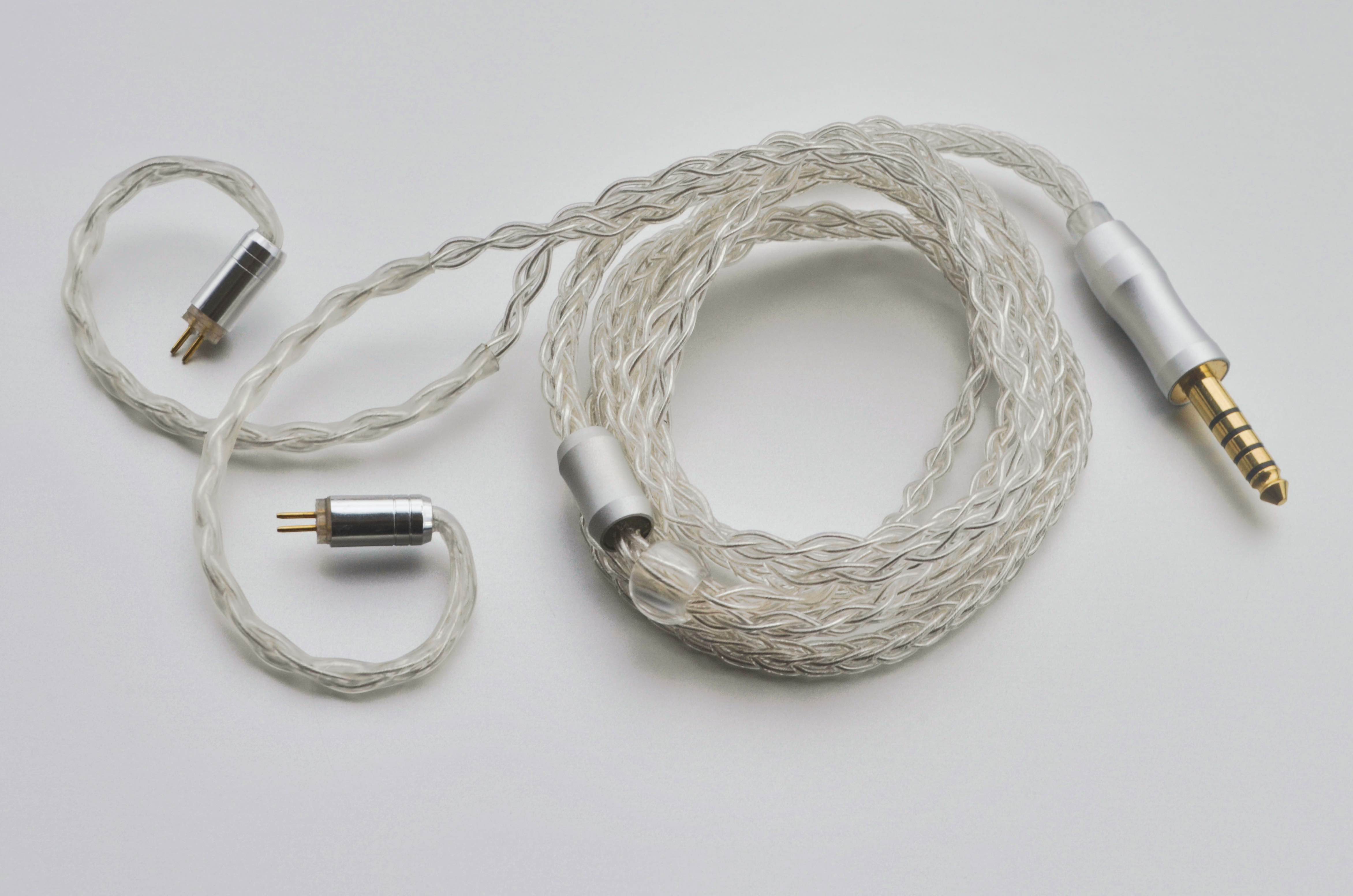









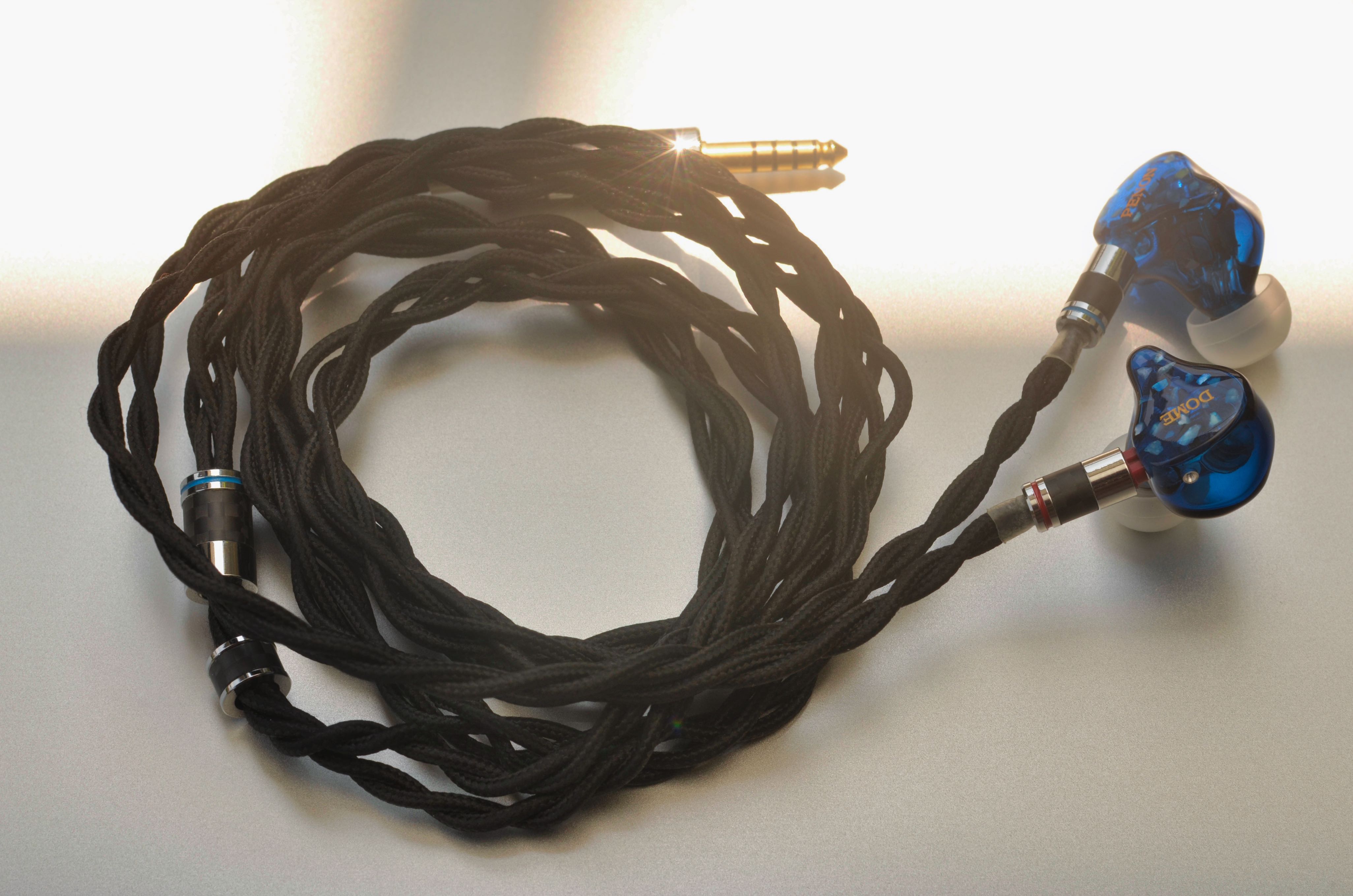



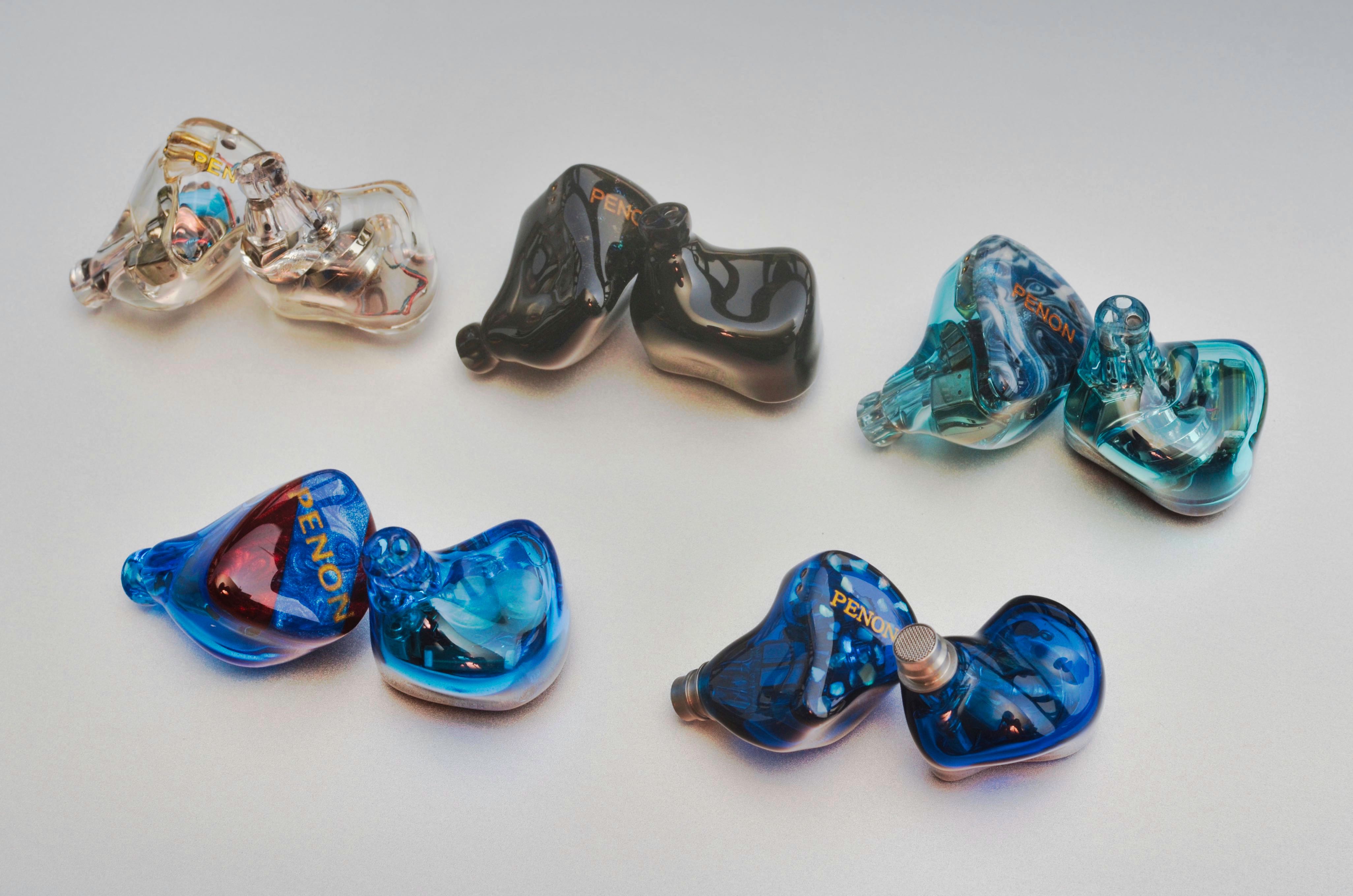









































































































































 HiBy R6 Pro II (Gen 2)
HiBy R6 Pro II (Gen 2) HiBy R6 III (Gen 3)
HiBy R6 III (Gen 3) HiBy RS8 (Flagship)
HiBy RS8 (Flagship)






































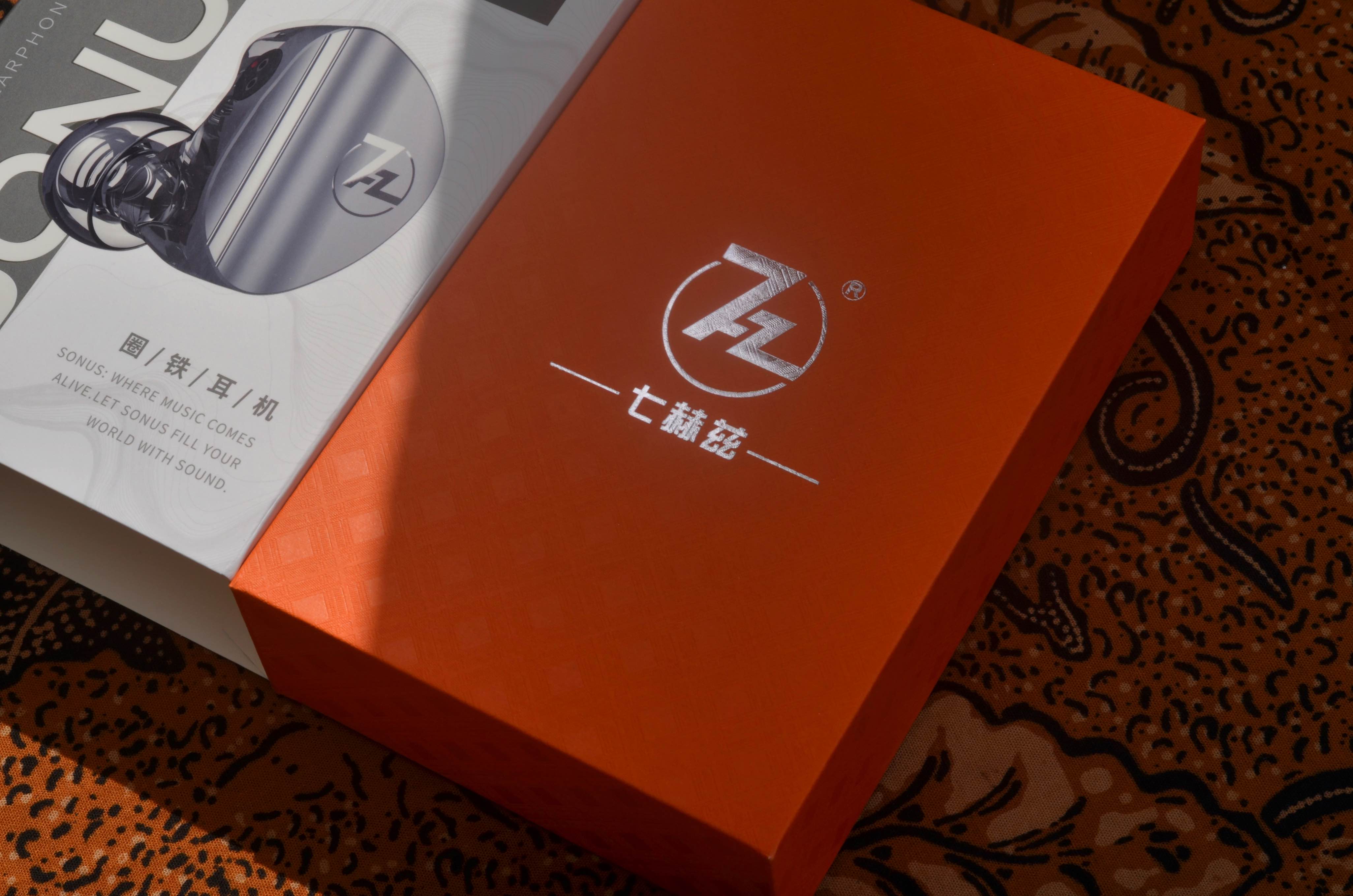
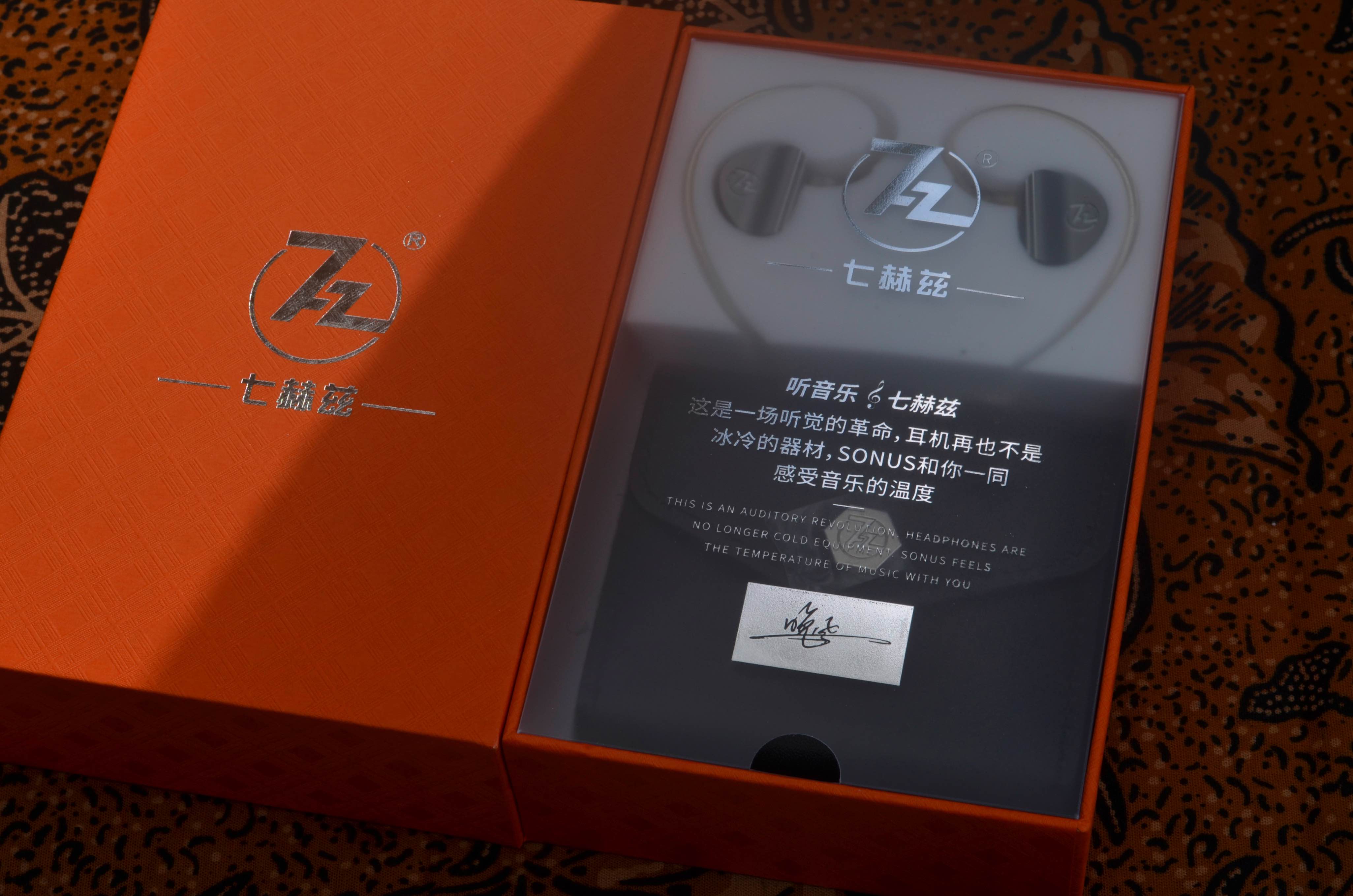




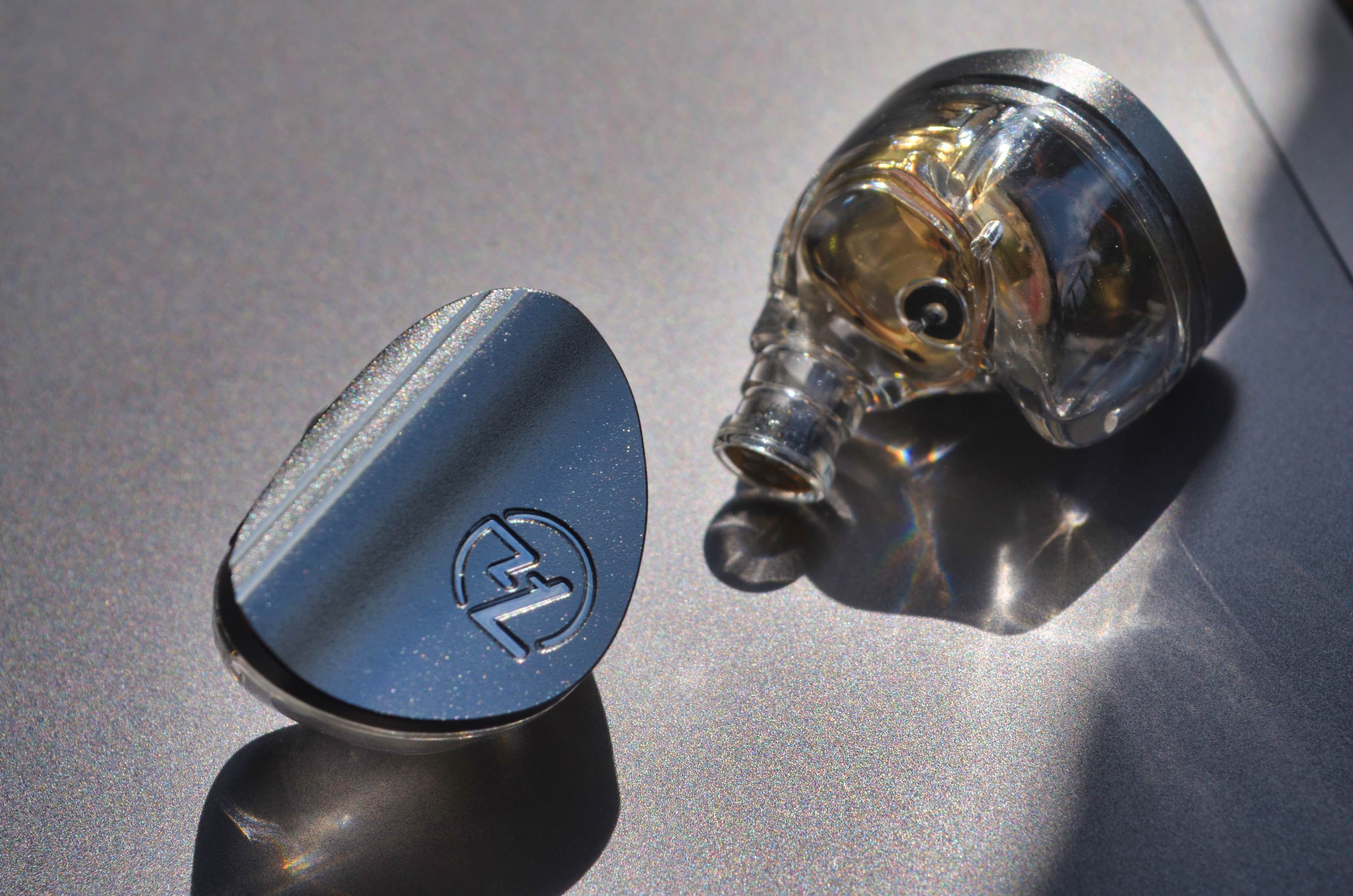













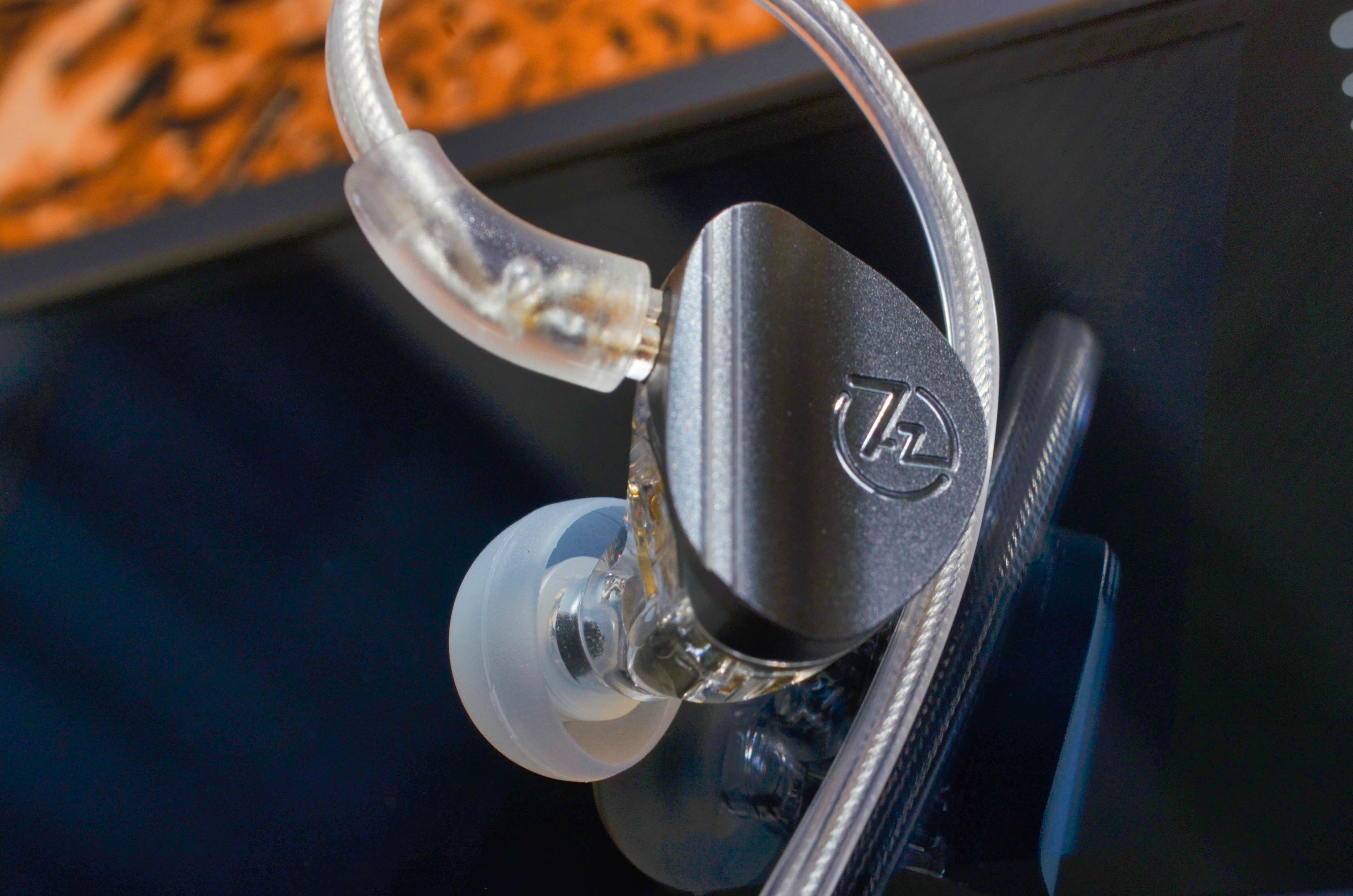































































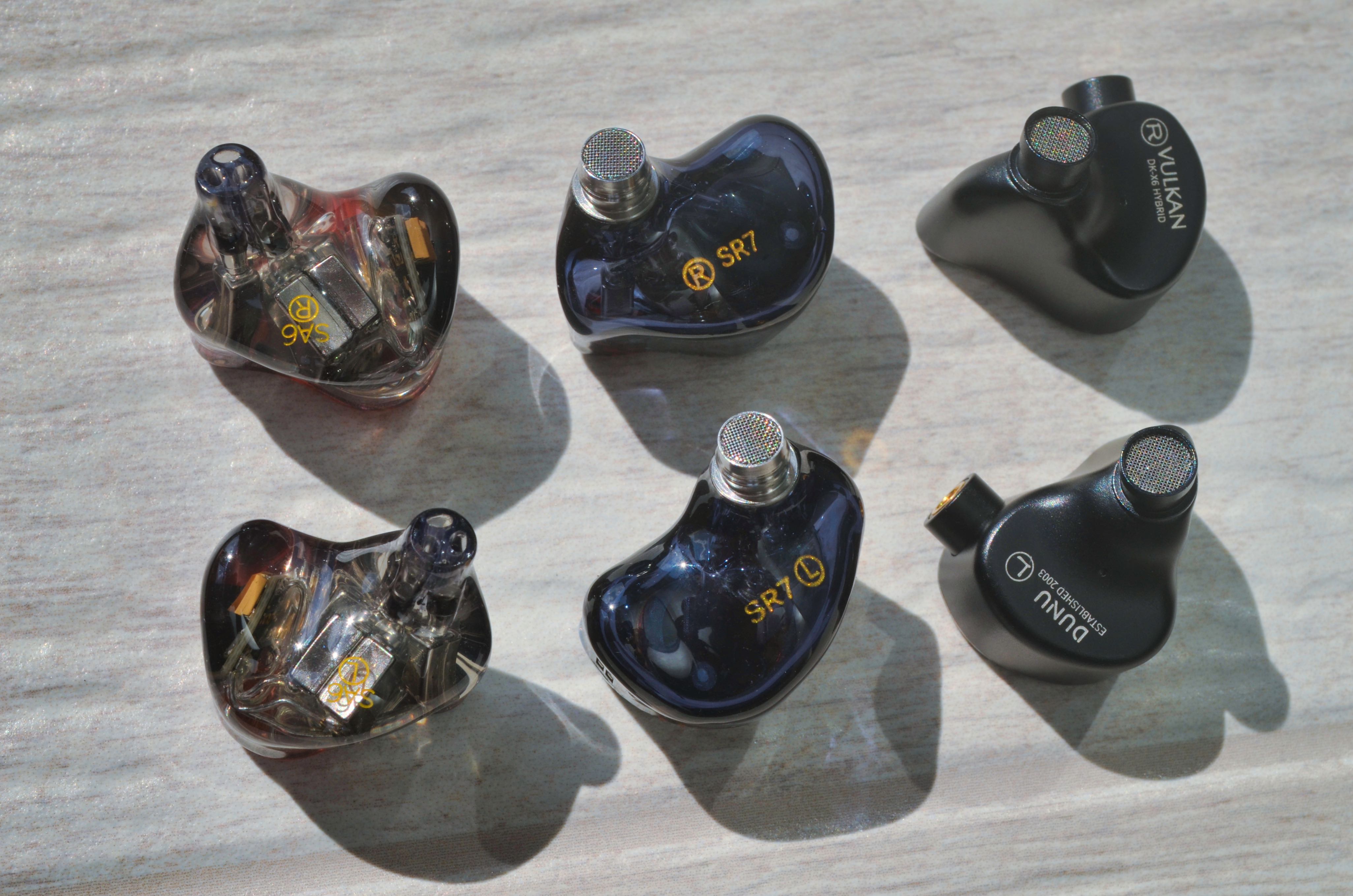
























































































































































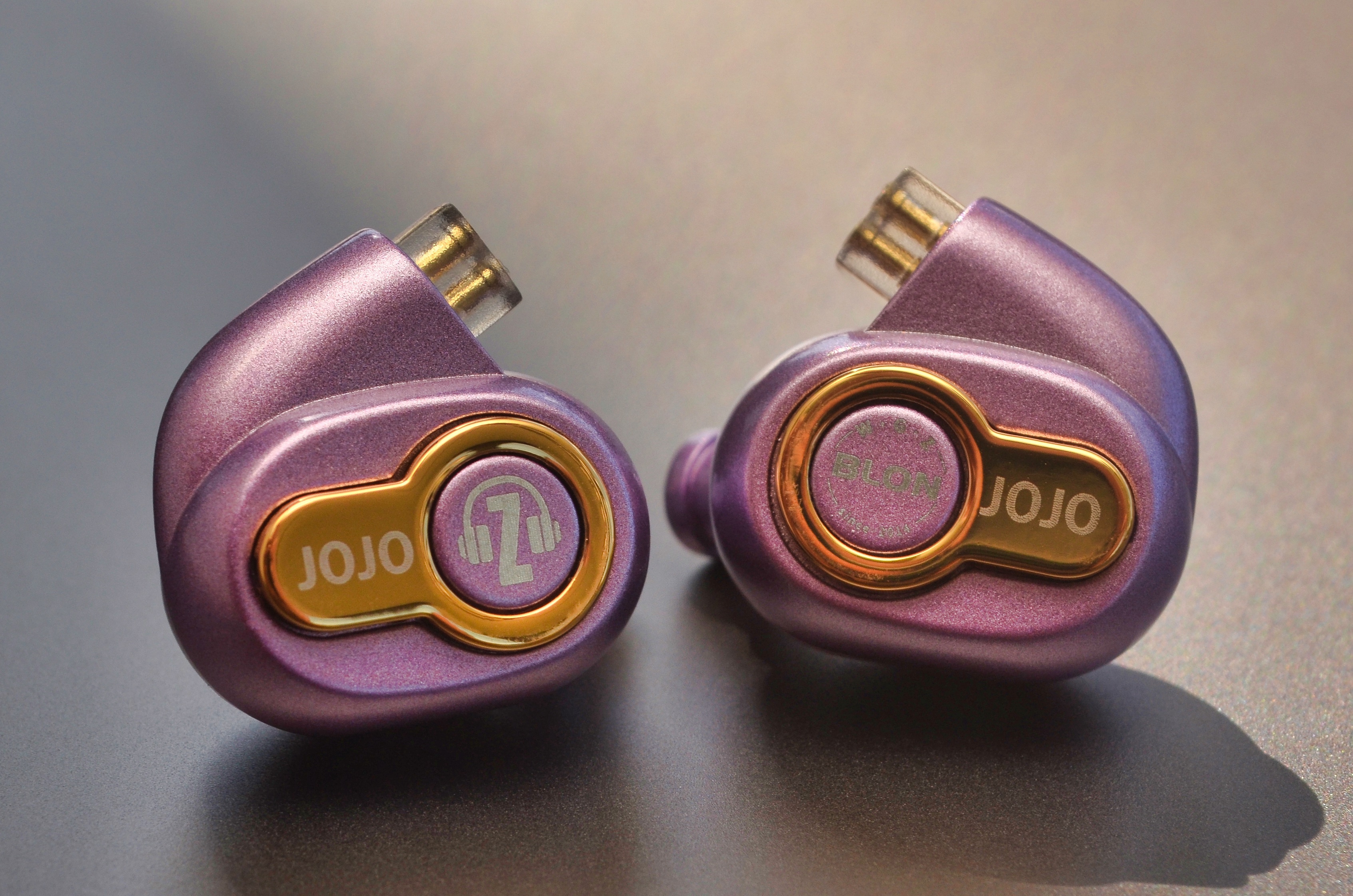




Returned about an hour later and it sounded great! Will give it about 100 hours of break in.